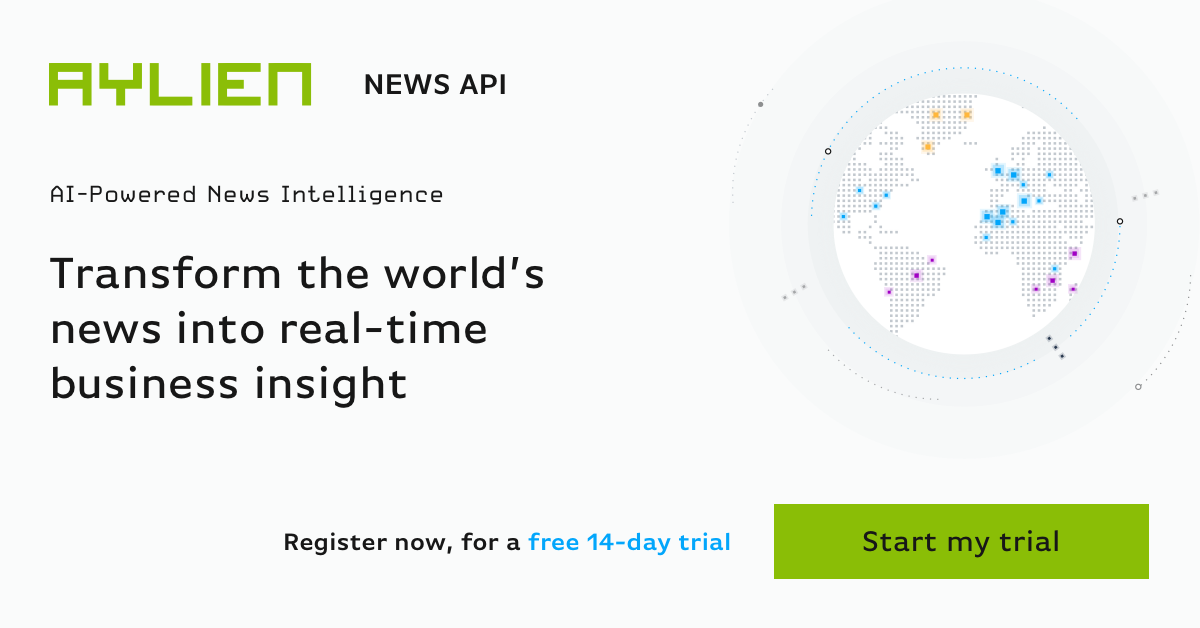Let me start with a conclusion: “Without context, it is impossible to make good decisions”.
Most people would agree this is true without needing too much persuasion or time to reflect. Choosing between two or more courses of action, after all, needs the decision-maker to have an understanding of the current situation and likely consequences of the choice they make. And that understanding can only be provided by context: an awareness of both what has gone before, and what may happen in the future.
Given the self-evident importance of effective decision-making, it is no surprise to see that the provision of the context within which decisions can be made has been a thread that runs throughout human history.
A short history of context
The extraordinary cave paintings that can be found across sites in France and Spain, some of which date back 40,000 years, are the earliest evidence of that thread, and still perhaps the most miraculous. I would recommend a visit to anyone in that part of the world. And although we cannot know precisely why the men and women who made this art did so, contemporary evidence relating to aboriginal cave art in Australia suggests that some form of education, of transfer of knowledge about the world, was a major motivation. In other words: providing the context that helped others navigate their lives.
A mere 35,000 years or so later, books such as the Bible and the Koran introduce the use of the written word to the delivery of this kind of context. And regardless of our personal beliefs (or lack of them), what is evident is the way in which the stories, parables, and laws within these books provided the same sort of guidance and understanding - both for contemporaries and those men and women who followed them, right up to the present day.
This impulse, or need, is also the driving force behind the growth of what we would call journalism. From 59 BCE the Acta Diurna recorded important daily events such as public speeches in ancient Rome. It was published daily and hung in prominent places for all to read, and was as such the first known example of professional journalism. The story continues. The first regularly published newspapers appeared in German cities and Antwerp around 1609. The first English newspaper, the suitably old-world sounding “Weekly Newes”, was published in 1622. One of the first daily newspapers, The Daily Courant, appeared in 1702.
Since that date, a mutually reinforcing cycle of technology and literacy has seen the numbers of newspapers being printed daily increase from thousands to hundreds of thousands, and eventually to millions.
The present day
All that history tells us one thing loud and clear: humanity has an almost insatiable desire to be as well-informed as possible, particularly when that information relates to the decisions we make (and live with the consequences of).
In response to this, we have created a world in which there is, perhaps, almost too much information. Back in 2010, Eric Schmidt claimed that we create as much data in two days as was created in the entirety of human history up to 2003, and whether or not that claim was true, it certainly helps provide a sense of the scale of the modern ‘data mountain’. As a result, it can be difficult to know what to pay attention to, what is true, what is false, and whether to even attempt to make sense of a crowded media landscape.
For the first time in history, the central challenge is no longer to add to our sources of context, it is to make sense of those sources.

Roy Robinson,
VP Product & Engineering, AYLIEN
And this matters. Because fast, accurate decision-making is just as important as it ever was. In some cases, billions of dollars are at stake, in others less. But in almost every industry, the need for accurate context to support making the right call is just as acute as ever.
Consider just these three examples:
- In cybersecurity, rapid awareness of emerging threats can be the difference between successfully averting an attack and not doing so - with huge associated costs.
- In environmental, social, and corporate governance (ESG), identifying negative events on the horizon (rather than when they hit) can avoid the disruptive shocks to a company’s valuation associated with major reputational damage.
- In share trading, a clear and up-to-the-minute summary of all news relevant to a specific share will both improve investment decisions - and in turn make trading platforms that provide such a feature more attractive to end-users.
How is it possible to do this, quickly and accurately, in a world characterized by ever more context and ever more information, a sea of noise in which detecting a signal becomes almost impossible? That’s the challenge that AYLIEN was created to address.
AYLIEN News API aggregates, understands, and delivers ‘news’. And the most important stage of that process is the one in the middle: the understanding. It is here that we add our own ‘context’ to what is otherwise a largely undifferentiated stream of data. Using natural language processing (NLP) we are able to accurately turn news (to the tune of about 2 million articles a day) into structured data, which in turn means AYLIEN accurately indexes every article in terms of subject matter (you can read more about entity searches here).
Furthermore, we are able to layer on the relative prominence of entities in stories, the significance of each story (based on clustering), and any positive or negative sentiment. All in close to real-time.
Going back to the examples used above, this means in turn that:
- Major cybersecurity threats are immediately surfaced, enabling a business or organization to take appropriate action and avoid being compromised.
- Similarly, businesses are immediately aware of significant breaking stories that carry a reputational risk.
- Share trading platforms empower users with meaningful, timely news relating to stocks, and users are in turn are more likely to use that platform. AYLIEN customer Revolut implemented such a news feed on its platform - and has seen an increase of 75% month over month (MoM) in users interacting with the global market news feature. They’ve also seen an increase of 45% MoM in users interacting with the single stock news feature.
It appears that people still appreciate context. Just like 40,000 years ago!
Related Content
-
 General
General20 Aug, 2024
The advantage of monitoring long tail international sources for operational risk

Keith Doyle
4 Min Read
-
 General
General16 Feb, 2024
Why AI-powered news data is a crucial component for GRC platforms

Ross Hamer
4 Min Read
-
 General
General24 Oct, 2023
Introducing Quantexa News Intelligence

Ross Hamer
5 Min Read
Stay Informed
From time to time, we would like to contact you about our products and services via email.


